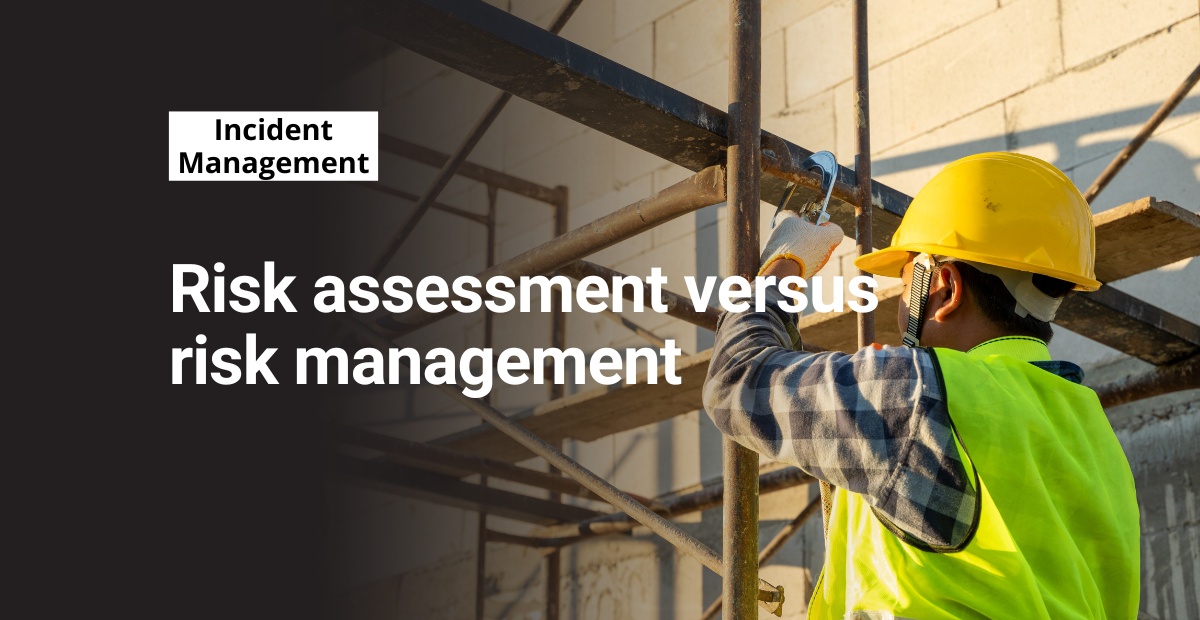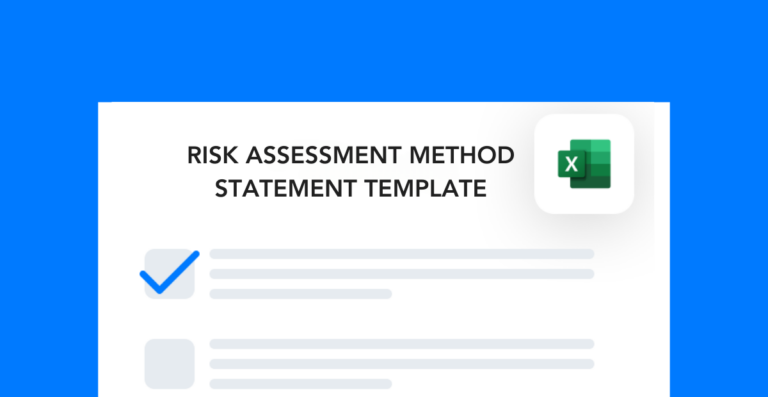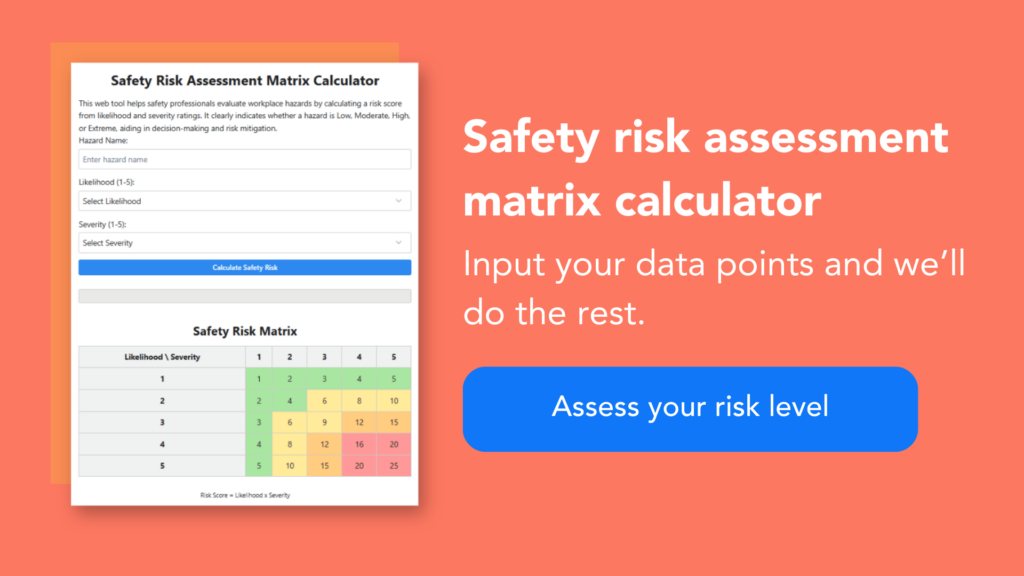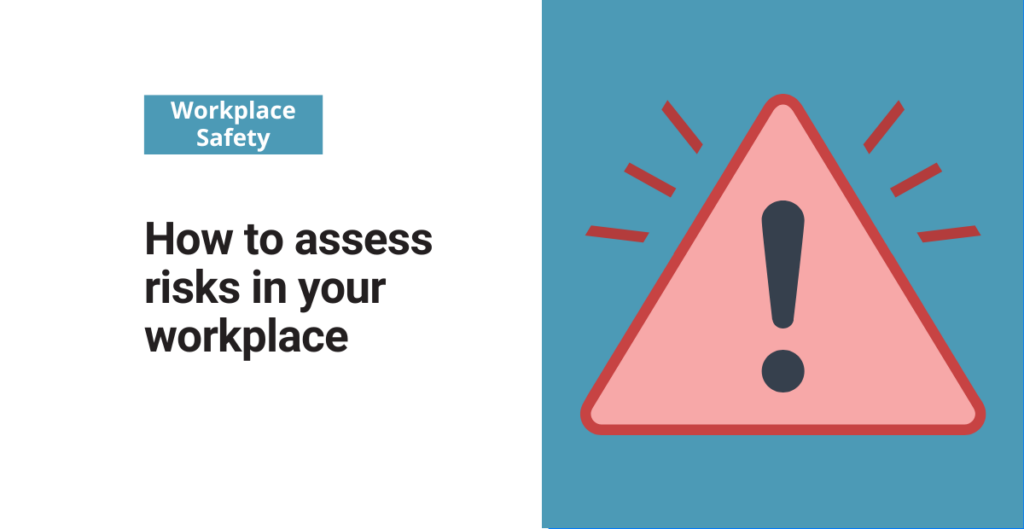Evaluating workplace risks can prevent major incidents, but only if you proactively implement control measures. And it all comes down to having a risk management strategy for all areas of your business.
When it comes to risk assessment versus risk management, it’s really just a matter of scope. While one focuses on individual processes and tasks, the other focuses on the wellbeing of the entire company.
Free template!
Use this risk assessment method statement template to get started with an operational review.
Risk assessment
Before you can begin to control the potential risks in your workplace, you need to identify them. Risk assessment is the process of identifying hazards, risks they pose, and ways to eliminate them.
Let’s take a deeper look at each step in the process.
Step 1: Identify hazards.
During this step, you perform a very thorough walkthrough of the department, task, or process that you want to evaluate. An easy way to do this is to follow a workflow from start to finish and observe someone completing each task. That way, you get a sense of mechanical or equipment hazards, as well as behaviors that pose a risk.
Step 2: Evaluate each hazard.
Once you’ve identified hazards, you need to go through each one and evaluate its risk level. Before you can do this step, you’ll need to decide how you’ll categorize risks and what criteria you’ll use to determine the severity.
Having a standard system for risk evaluation is essential to making sure that you assign adequate attention to problem areas in your operation.
Step 3: Choose control measures.
The last step is to brainstorm and decide which control measures you will use for each risk. Choose controls that:
- Address the risk in its entirety
- Interfere as little as possible with the existing process
- Make continuous improvement easy and simple
After completing these three steps comes the task of implementing your control measures and monitoring them over time.
Risk management
If risk assessment is the evaluation of individual hazards, risk management is the larger process that governs company-wide risks. Every company needs a strong risk management strategy to ensure that small problems don’t have a major impact on the longevity of the business.
Risk management as a general strategy addresses many areas of the business, including:
- Finances
- Health and Safety
- Brand Perception
- Customer Relationships
- Product Quality
A comprehensive risk management strategy considers risk assessments for all facets of the company and uses them to guide important decisions. In other words, you can’t be successful in your risk management if you don’t perform risk assessments regularly.
The key to managing workplace risks is standardizing how you audit your efforts. So, once you put a control measure in place, you must follow up and ensure it’s being implemented.
With regular assessments of your processes and people, you’ll be able to keep a close eye on how effectively your teams prevent incidents of all kinds.






